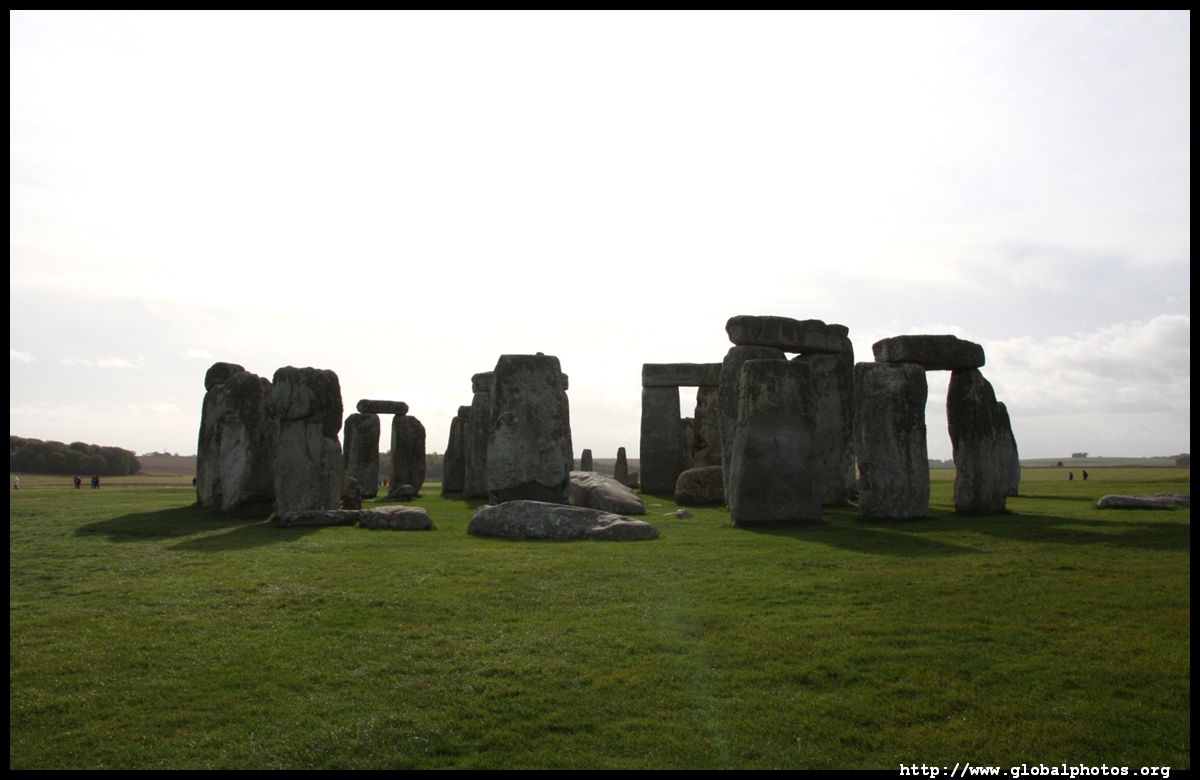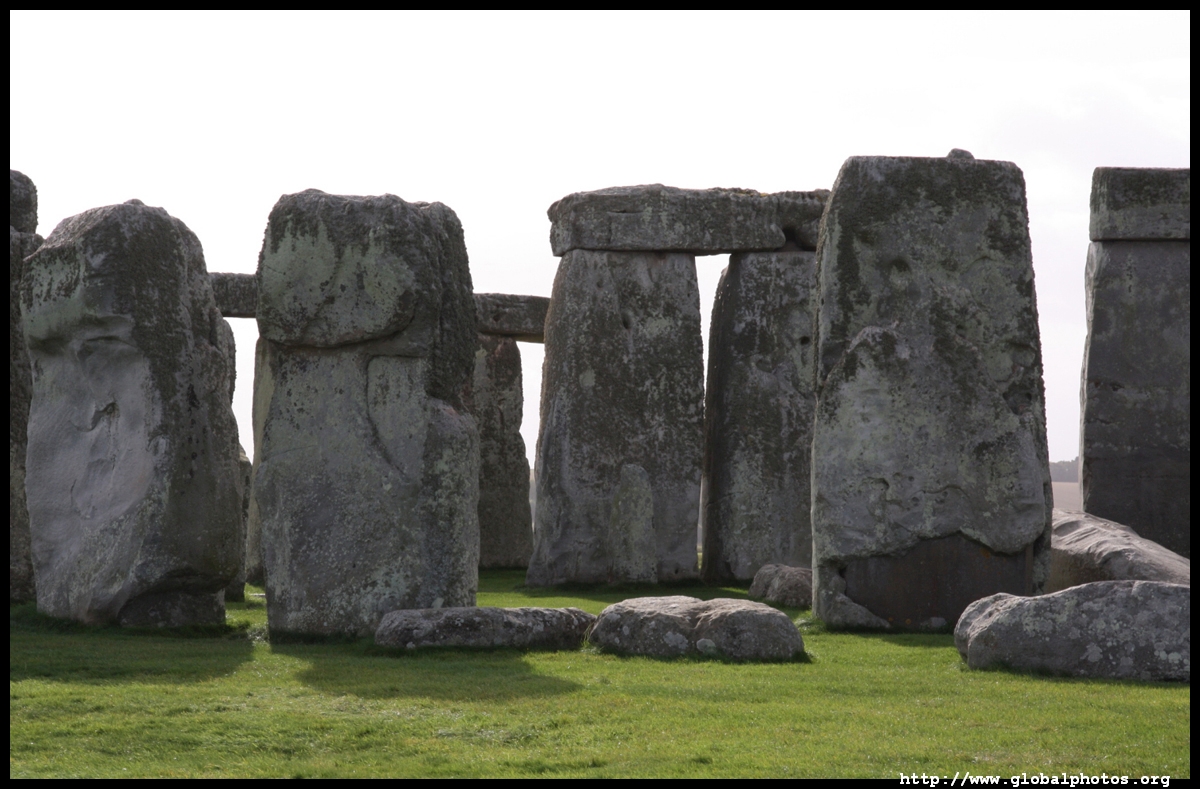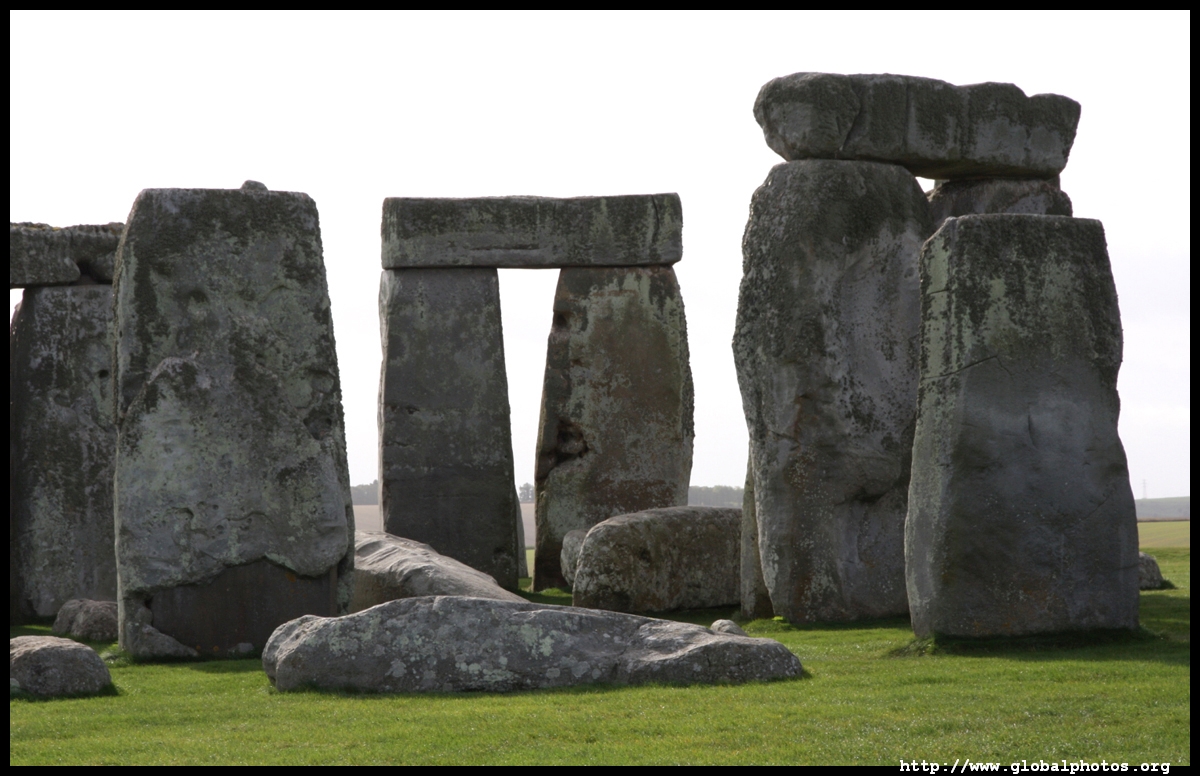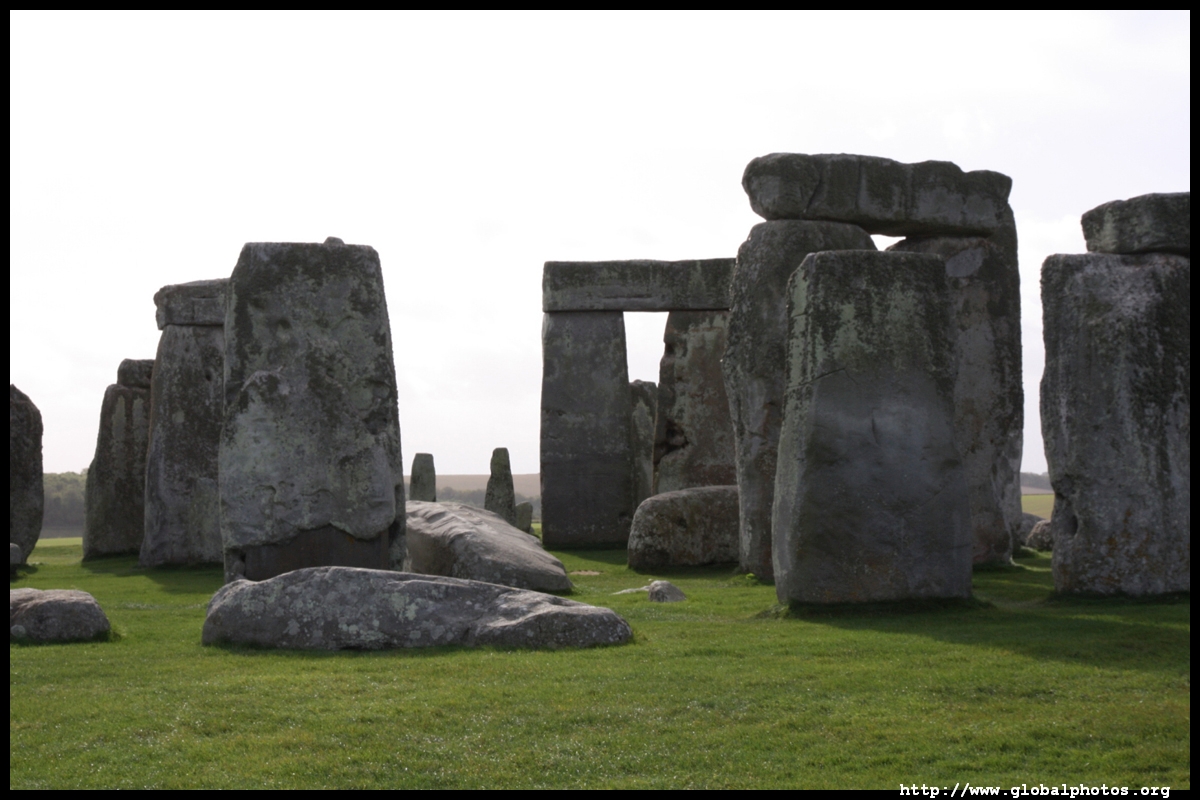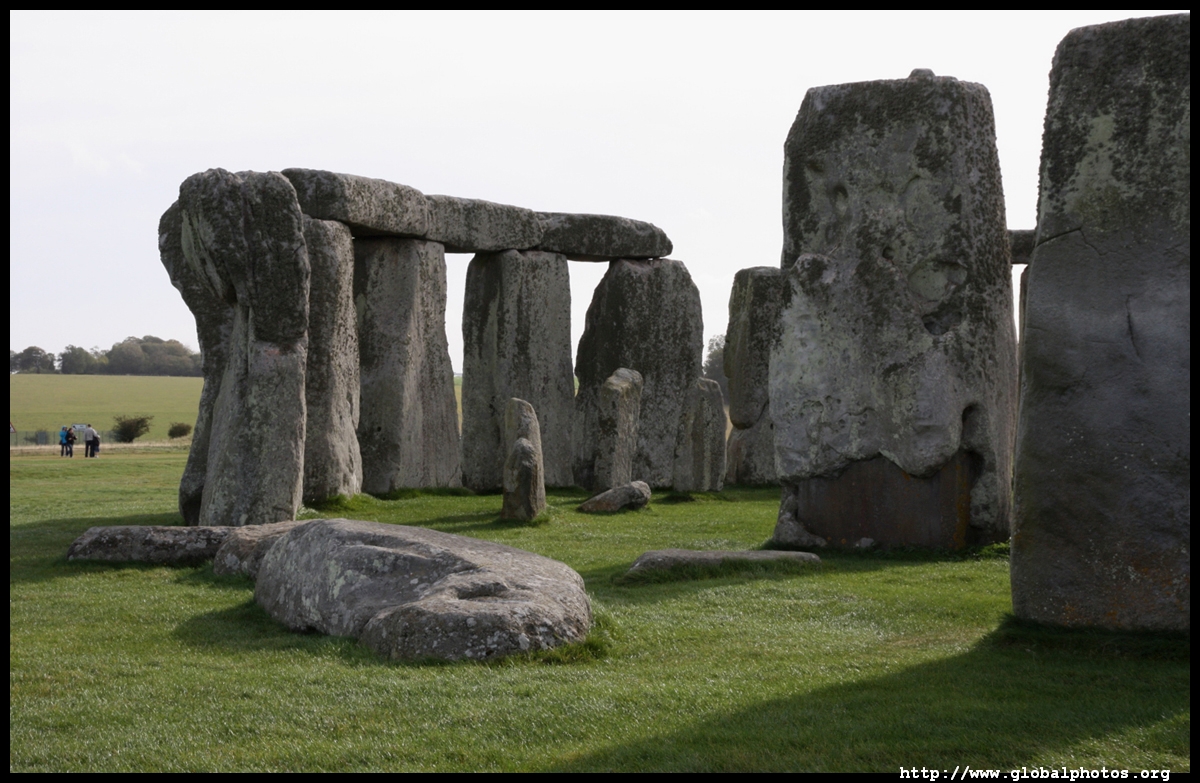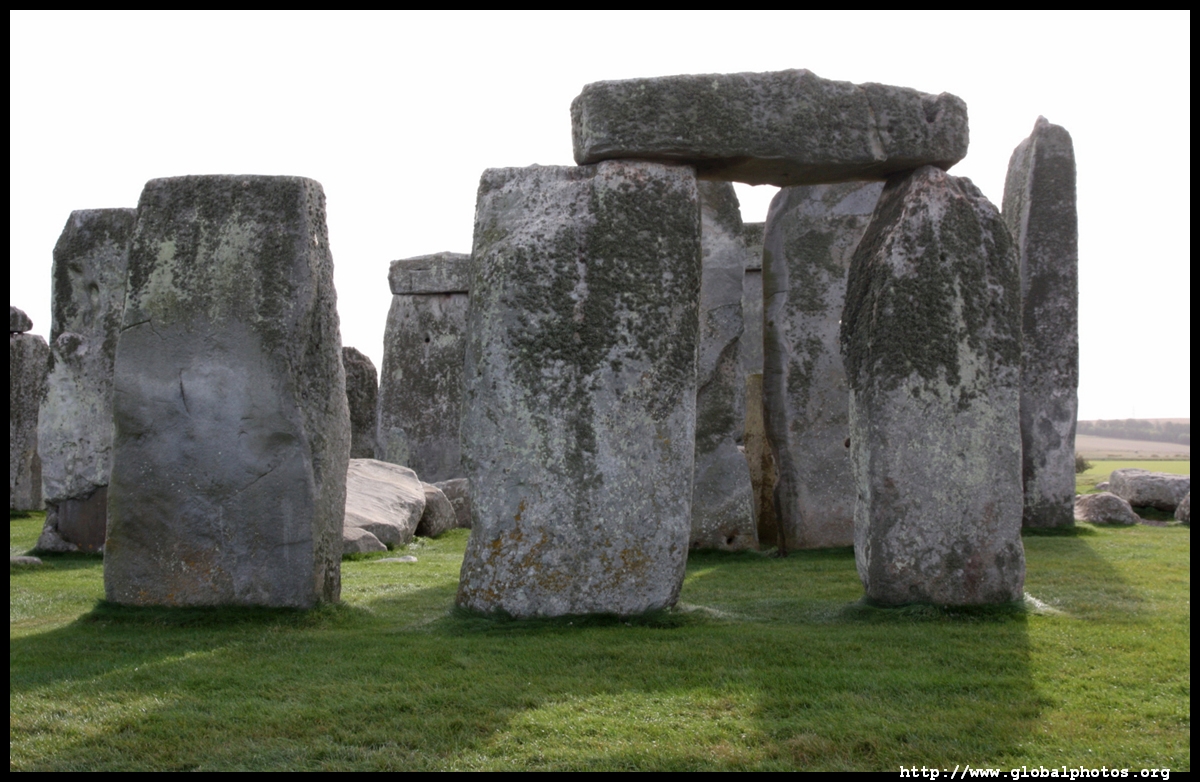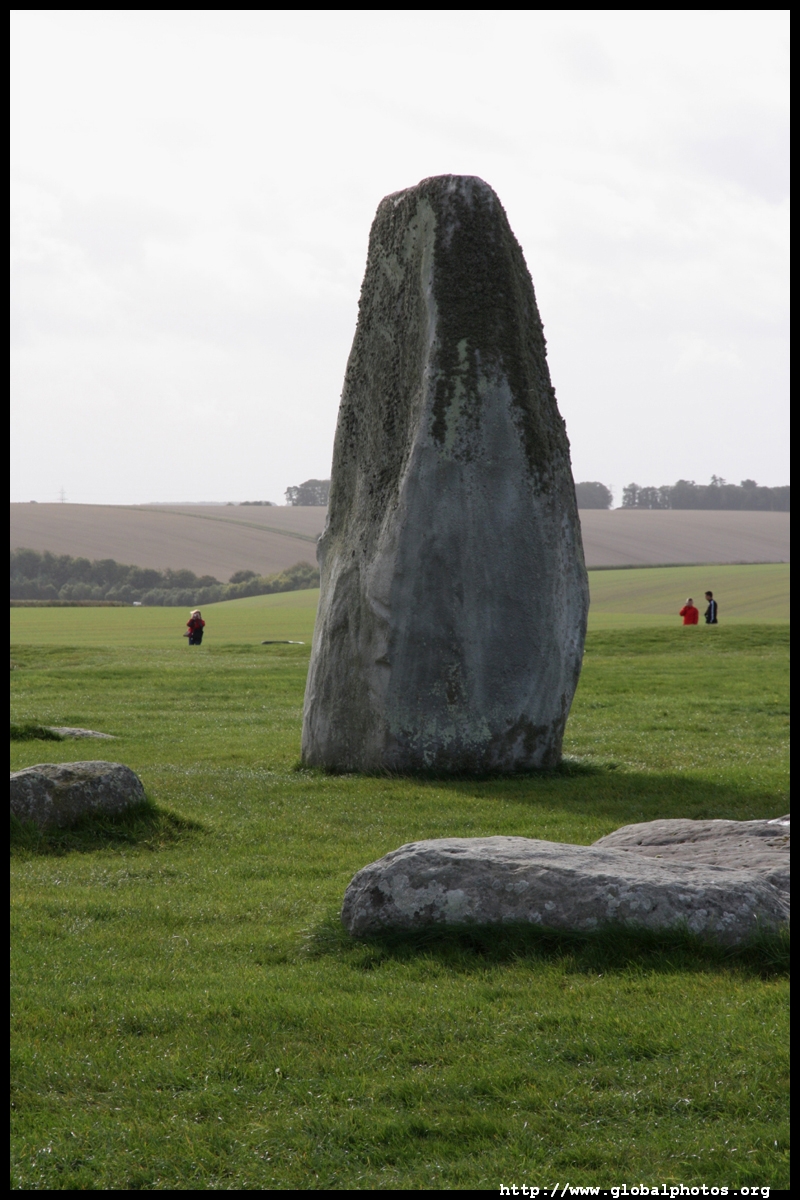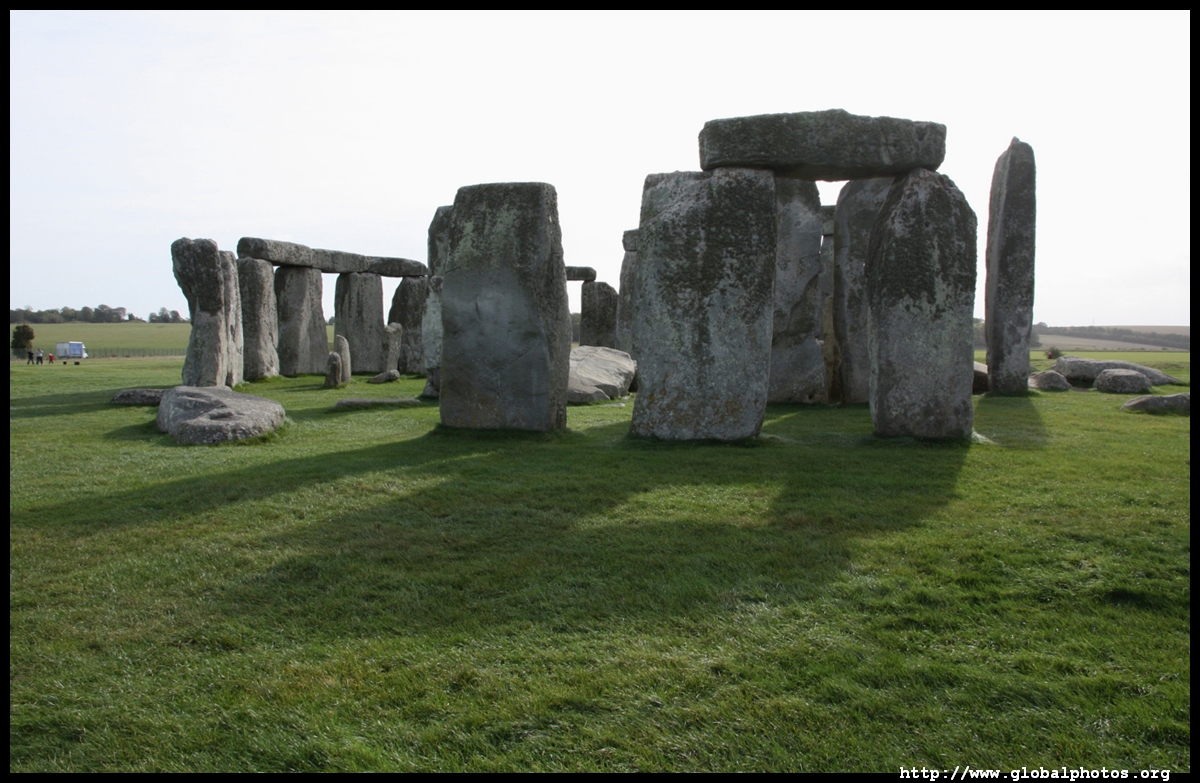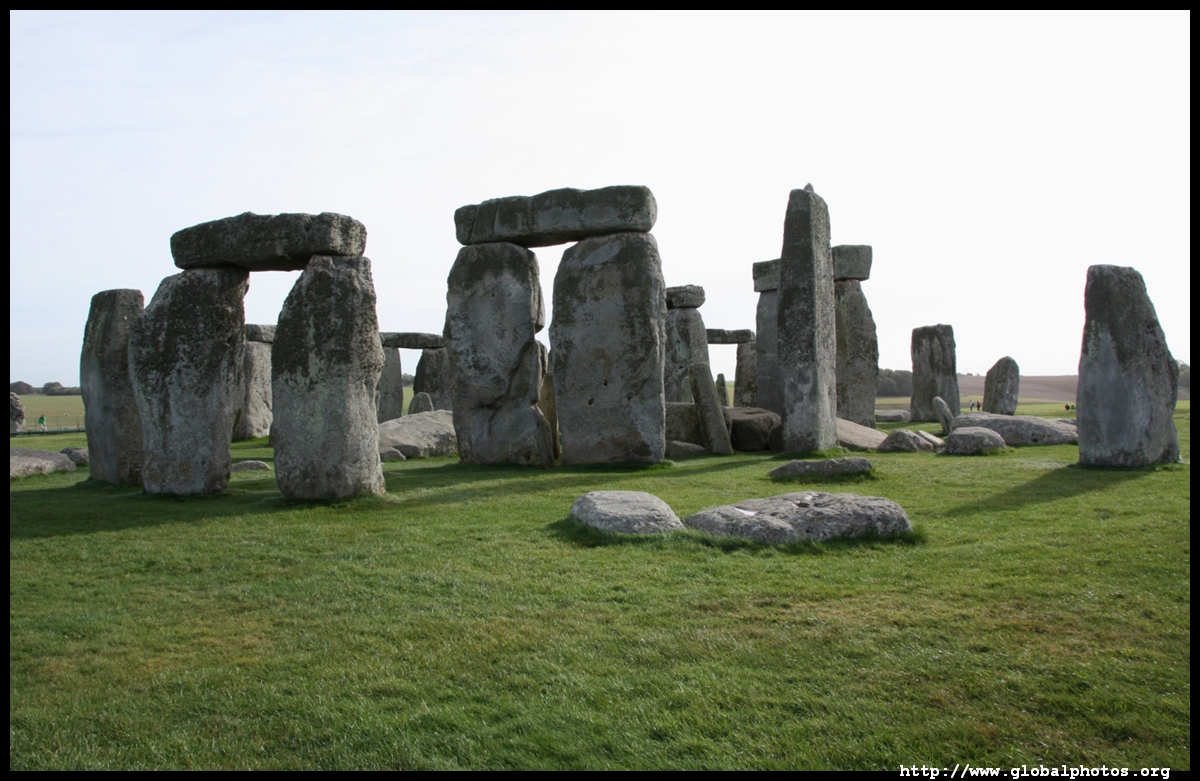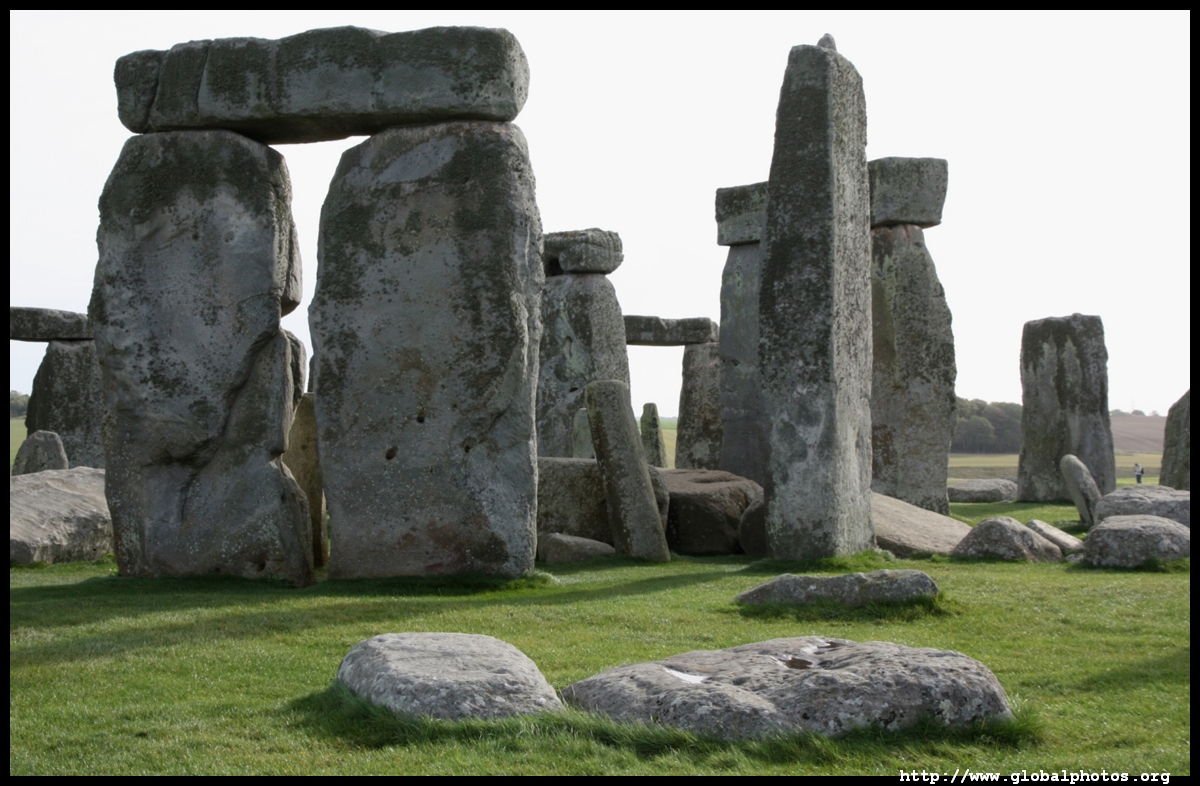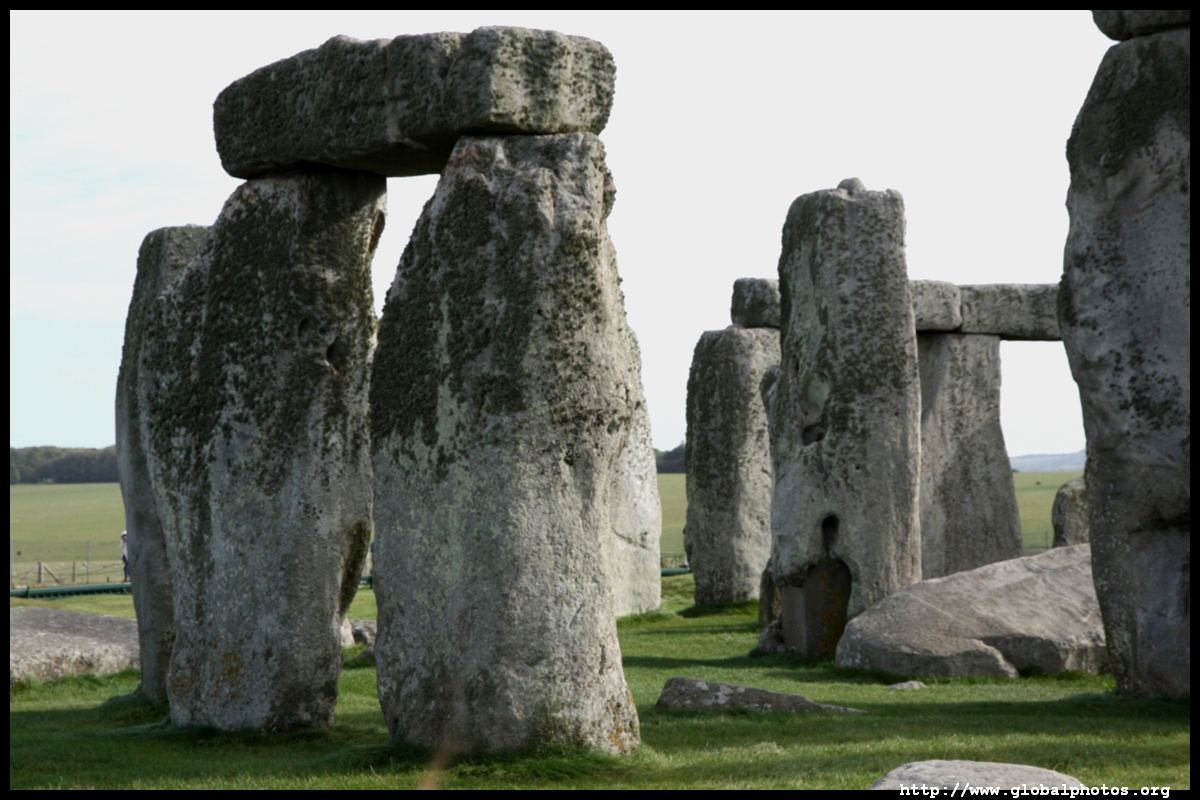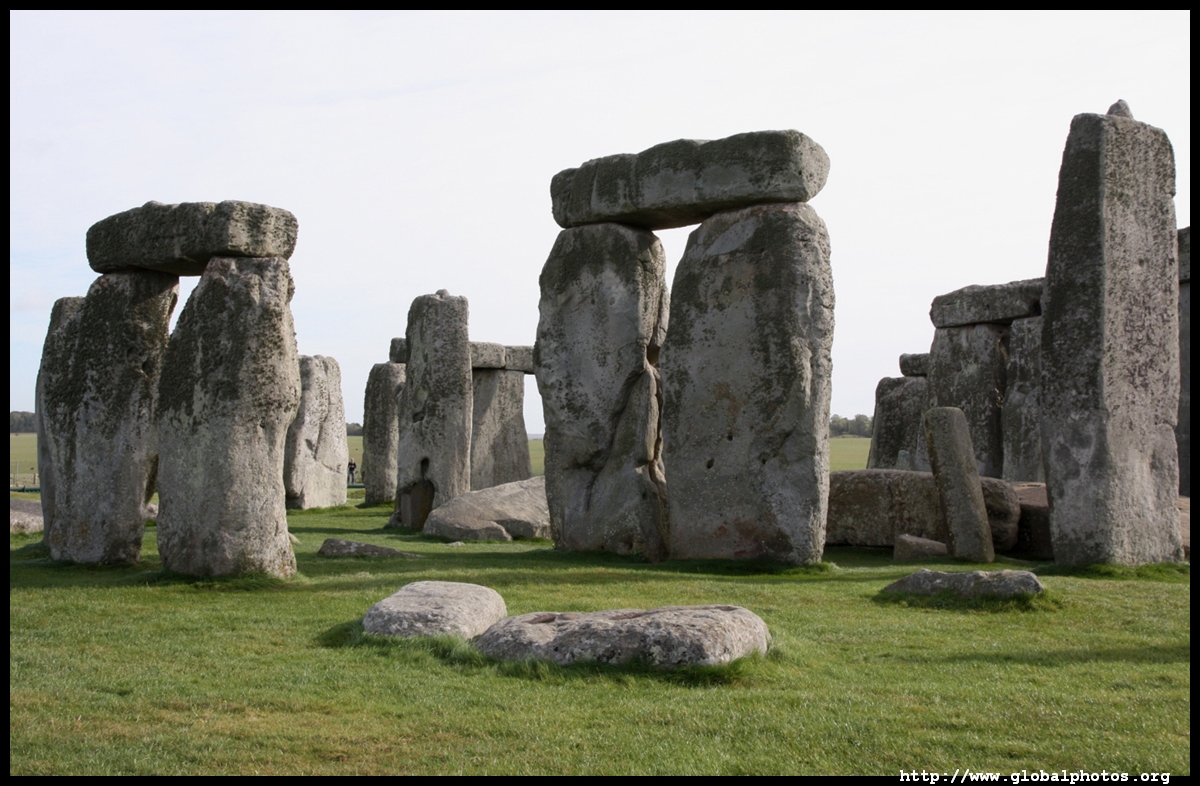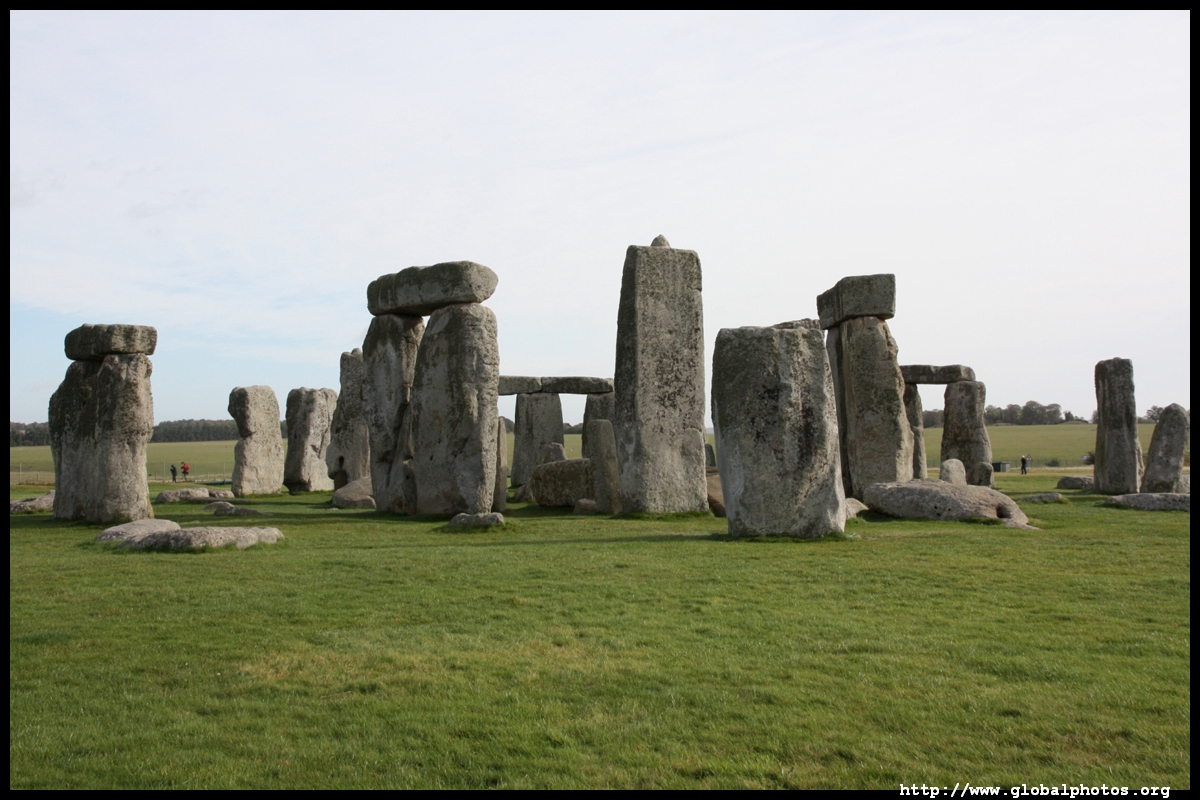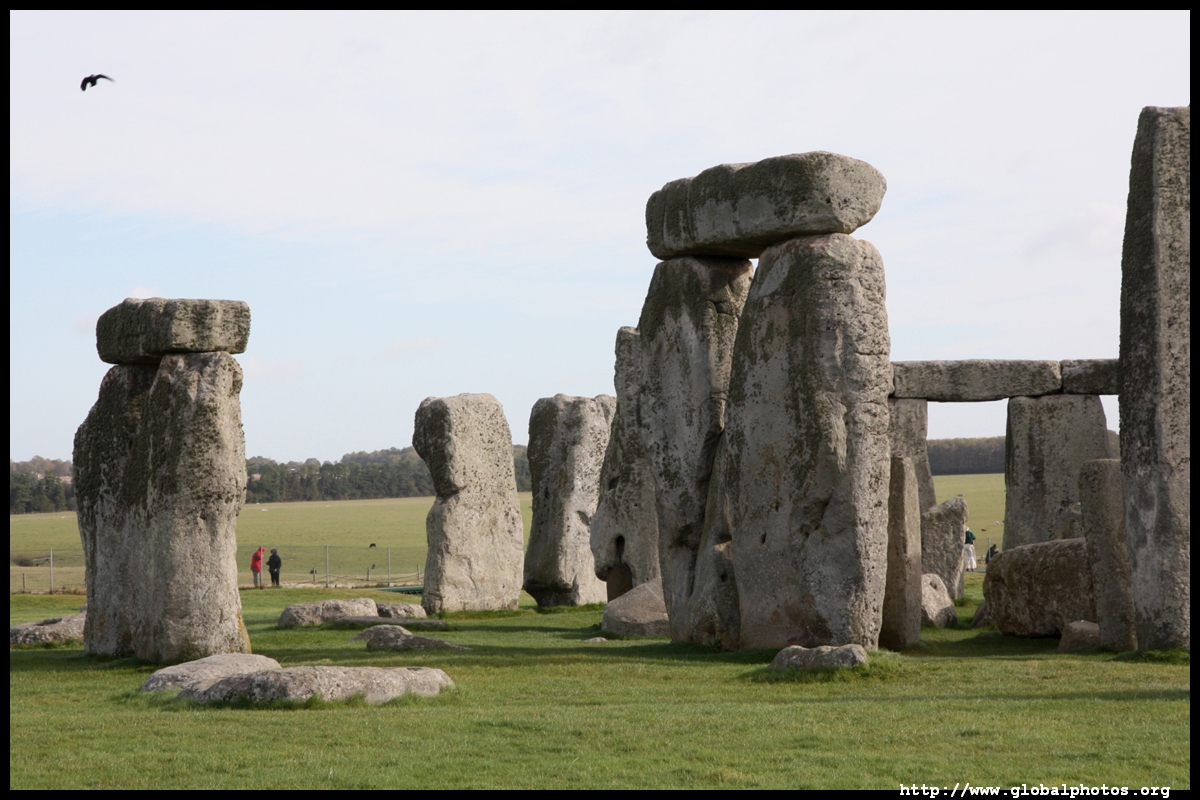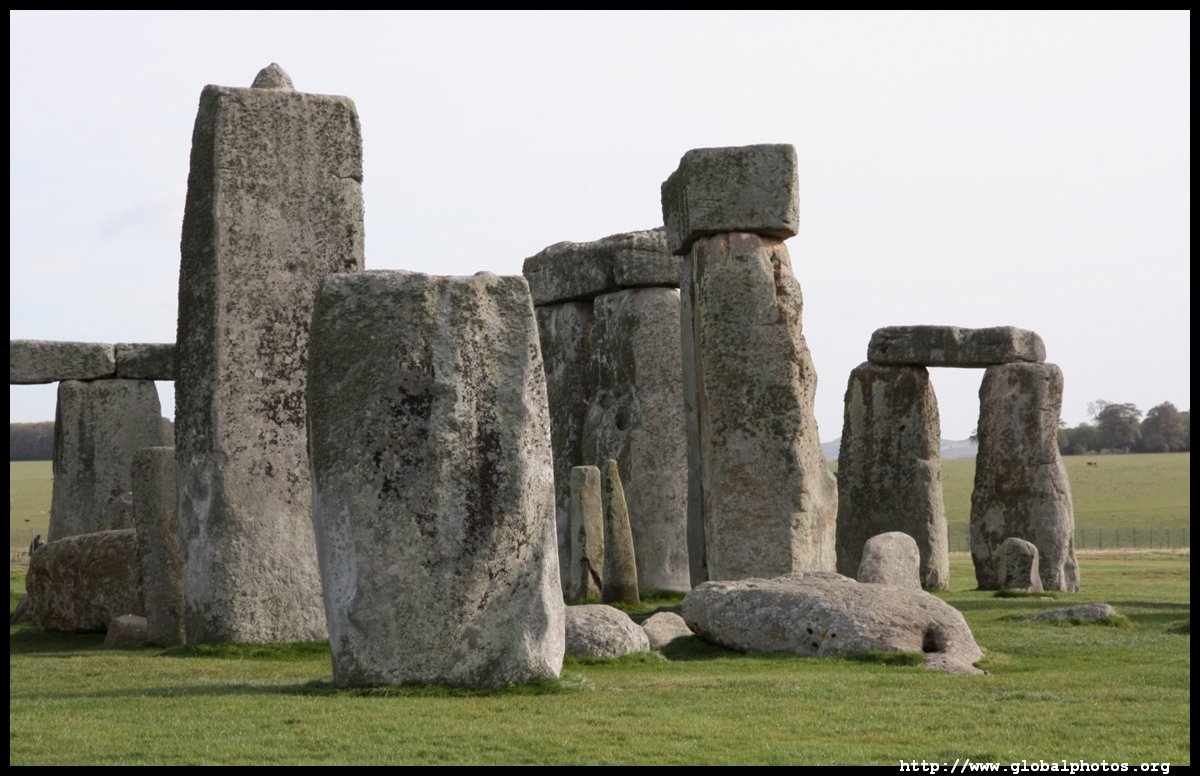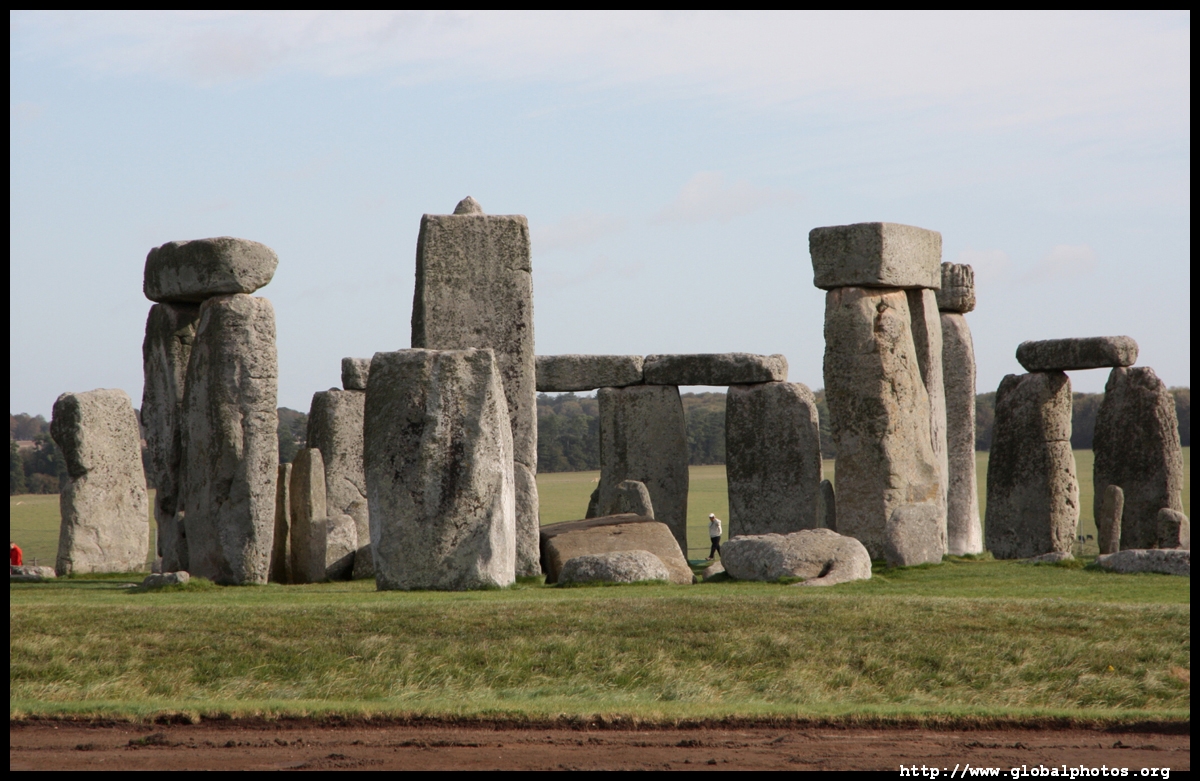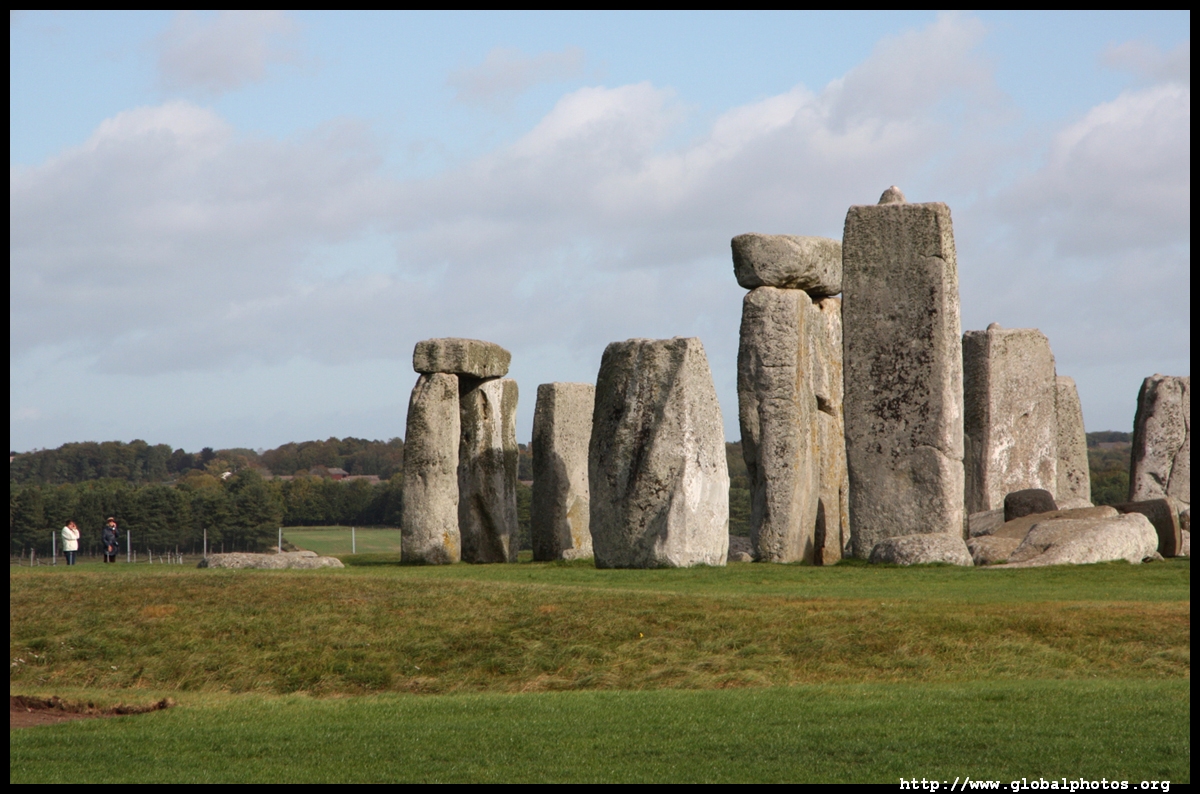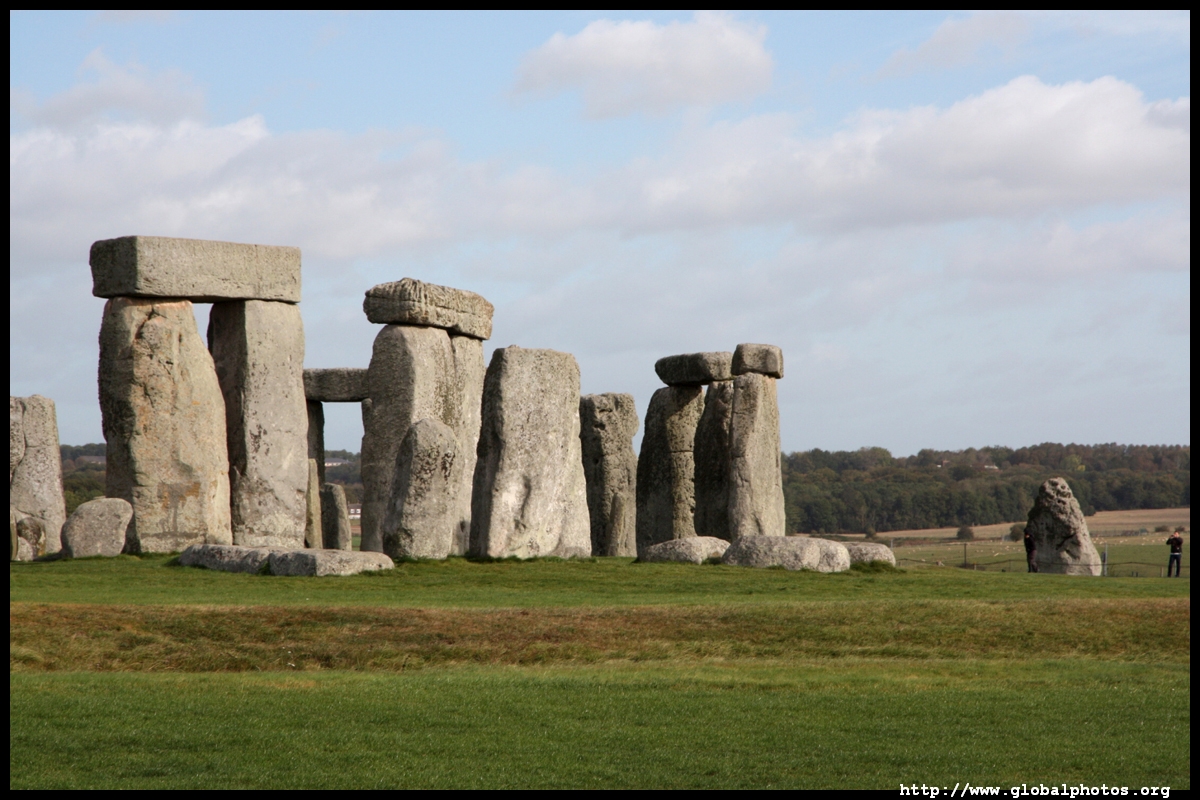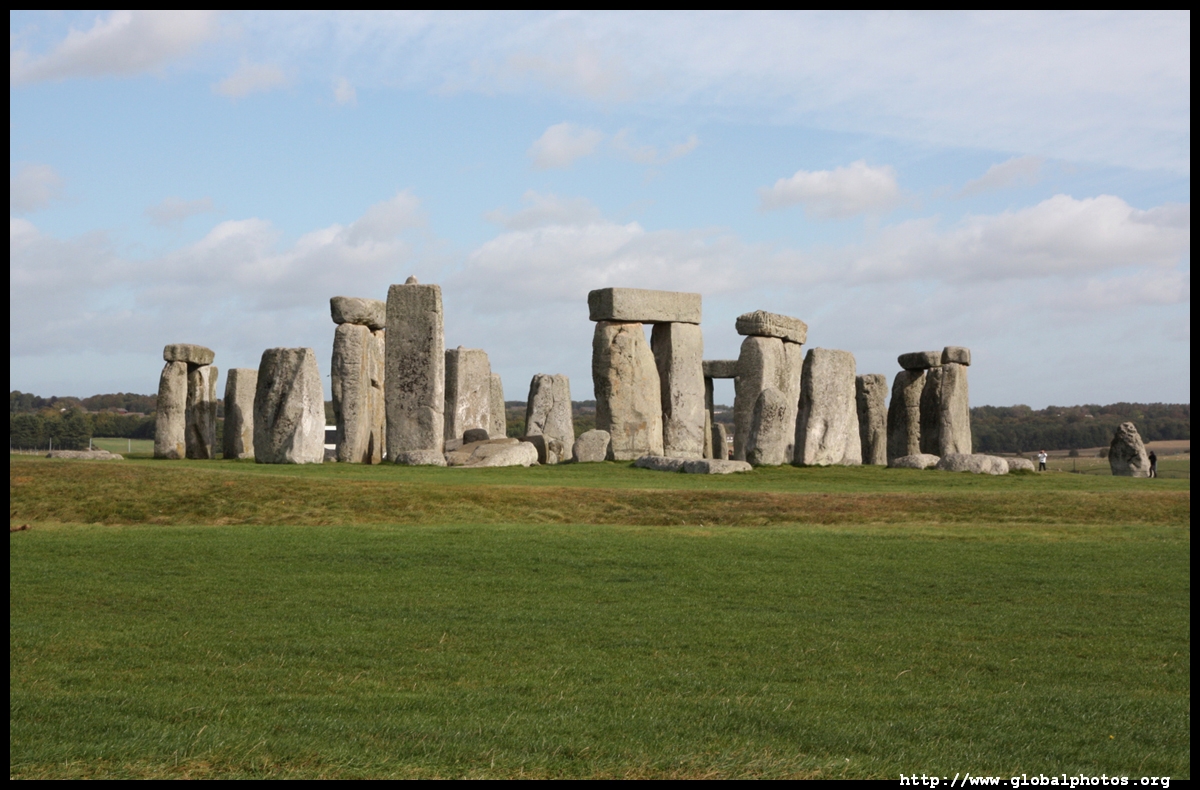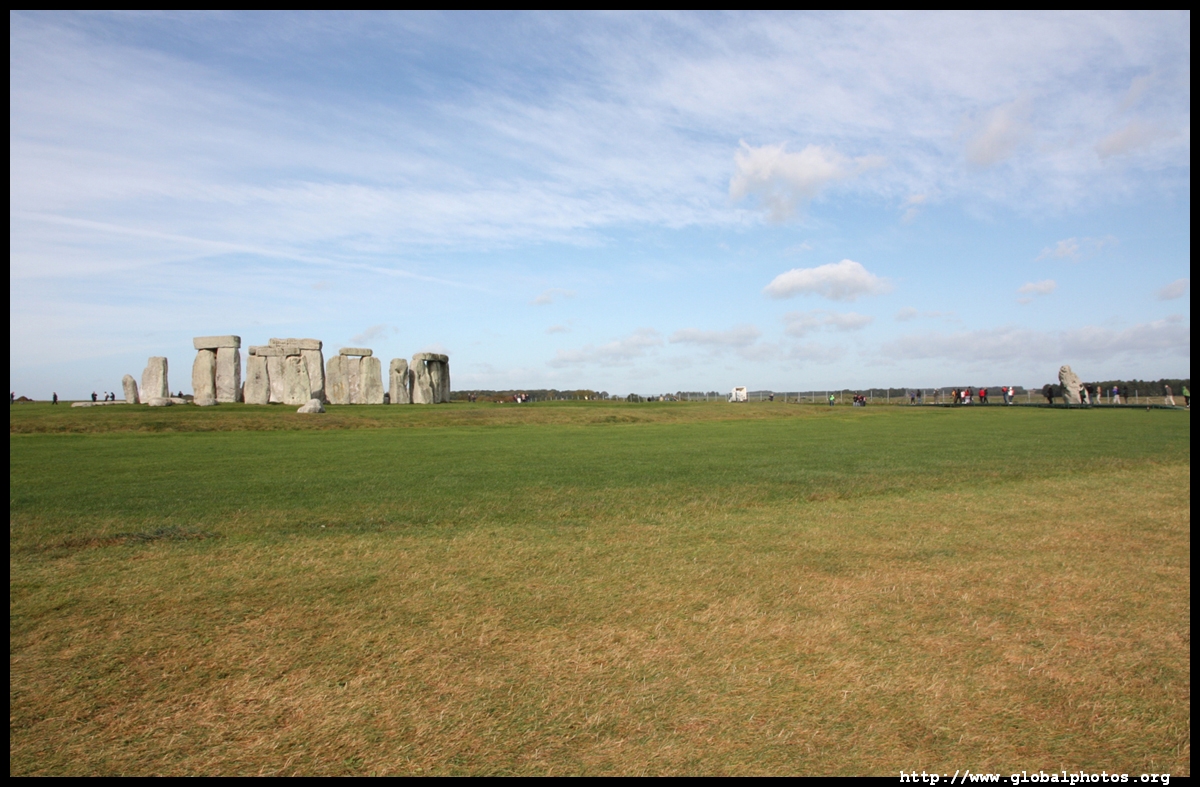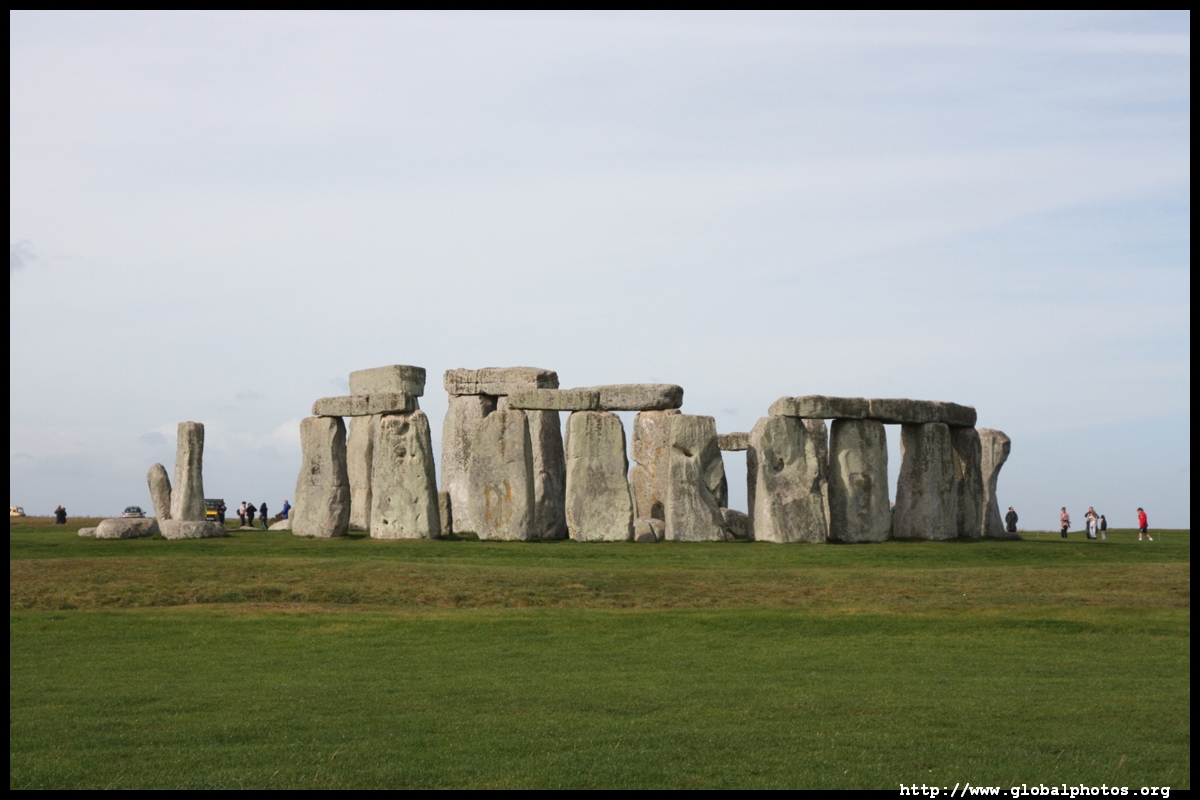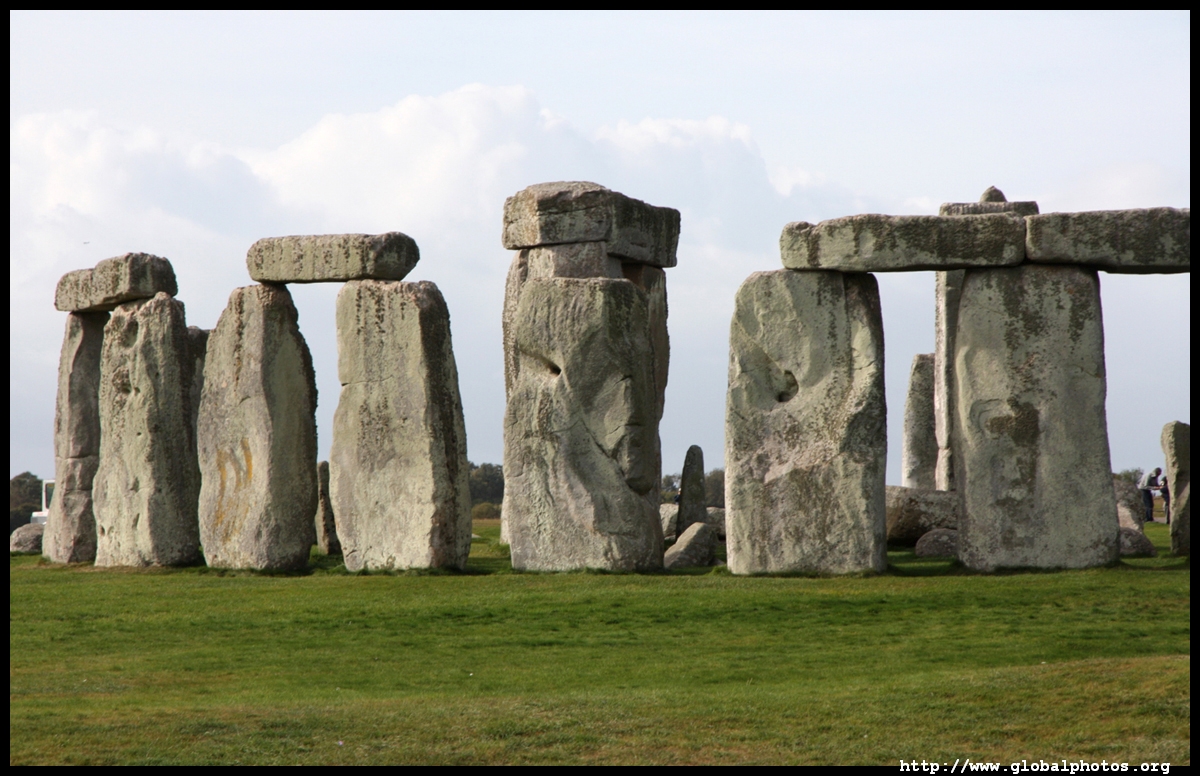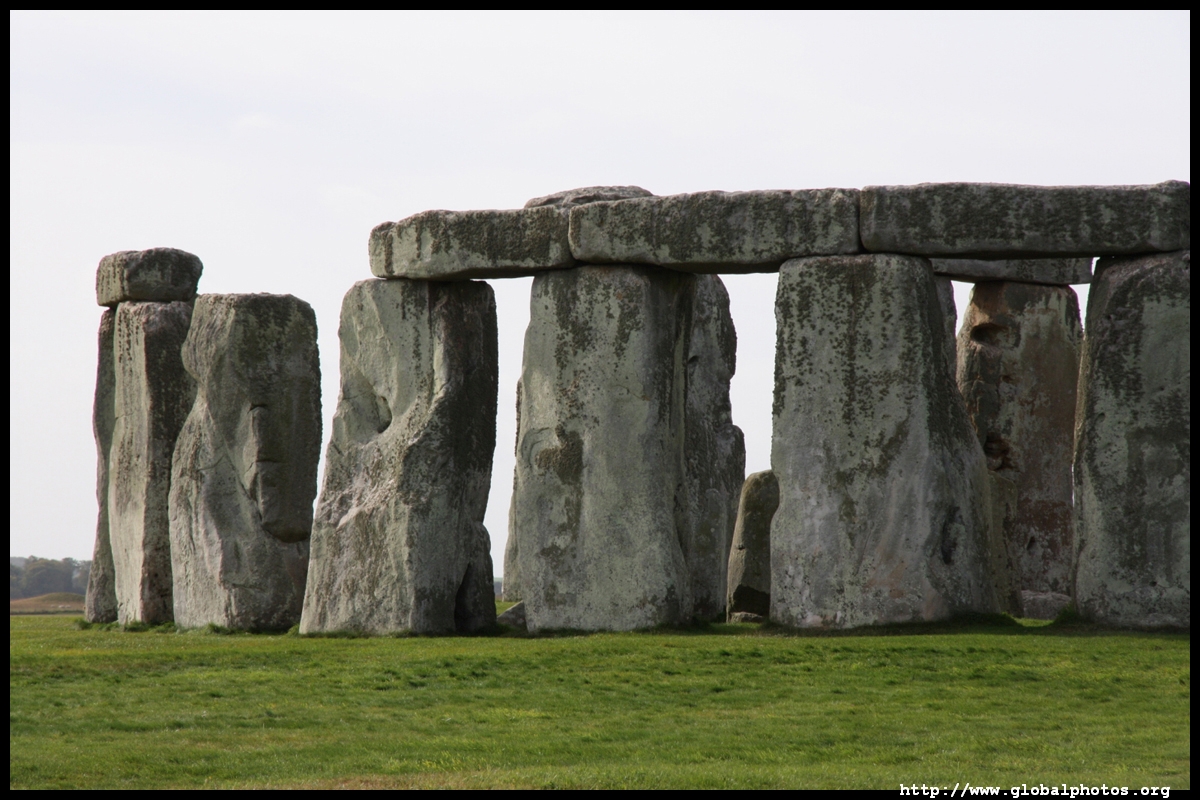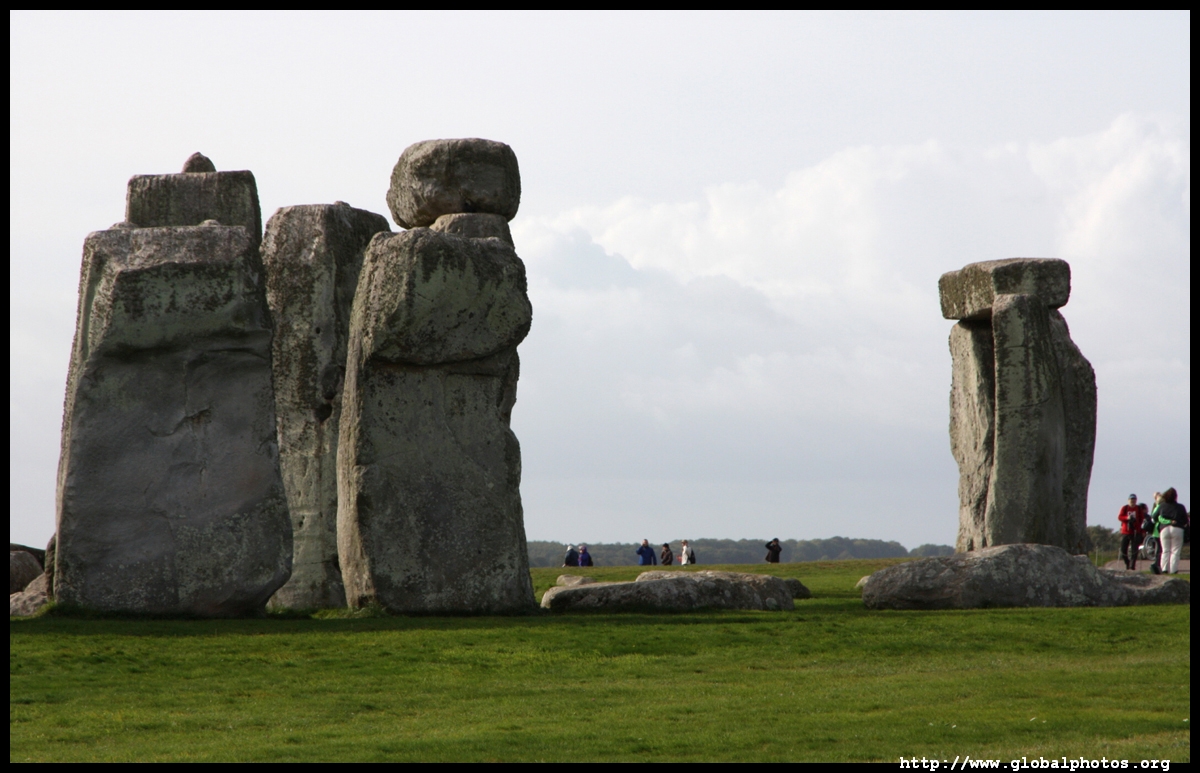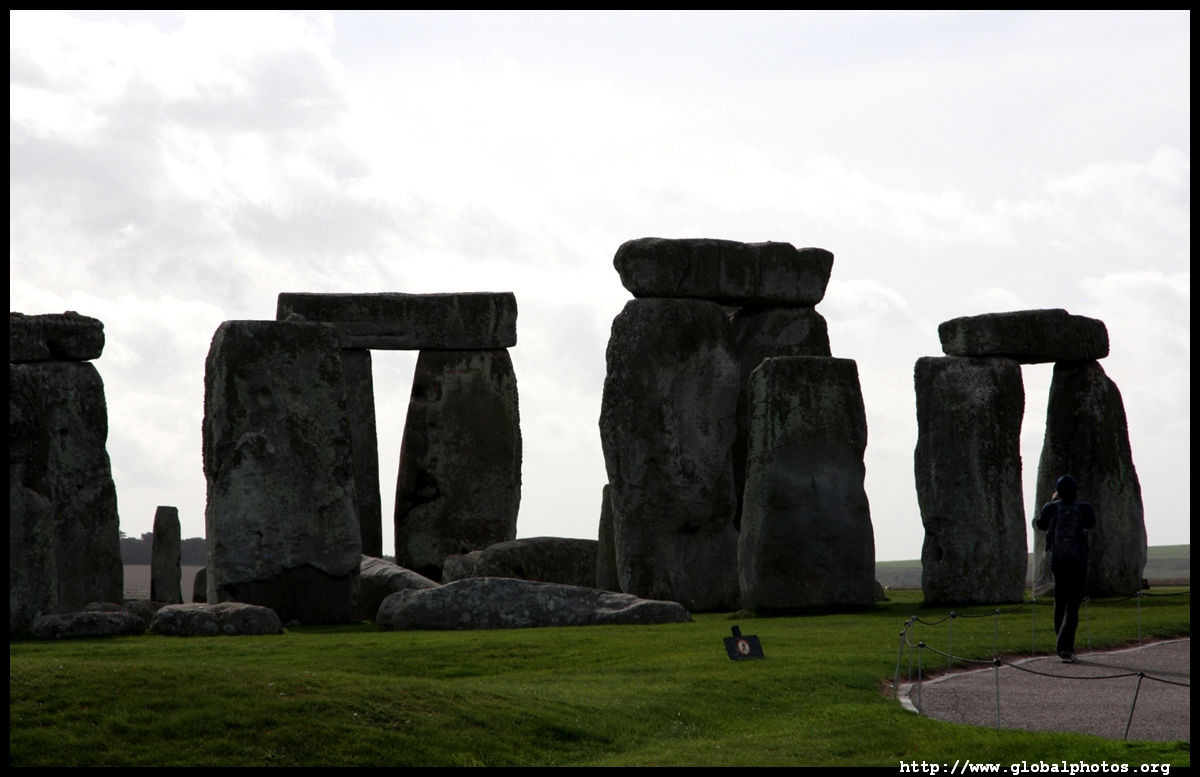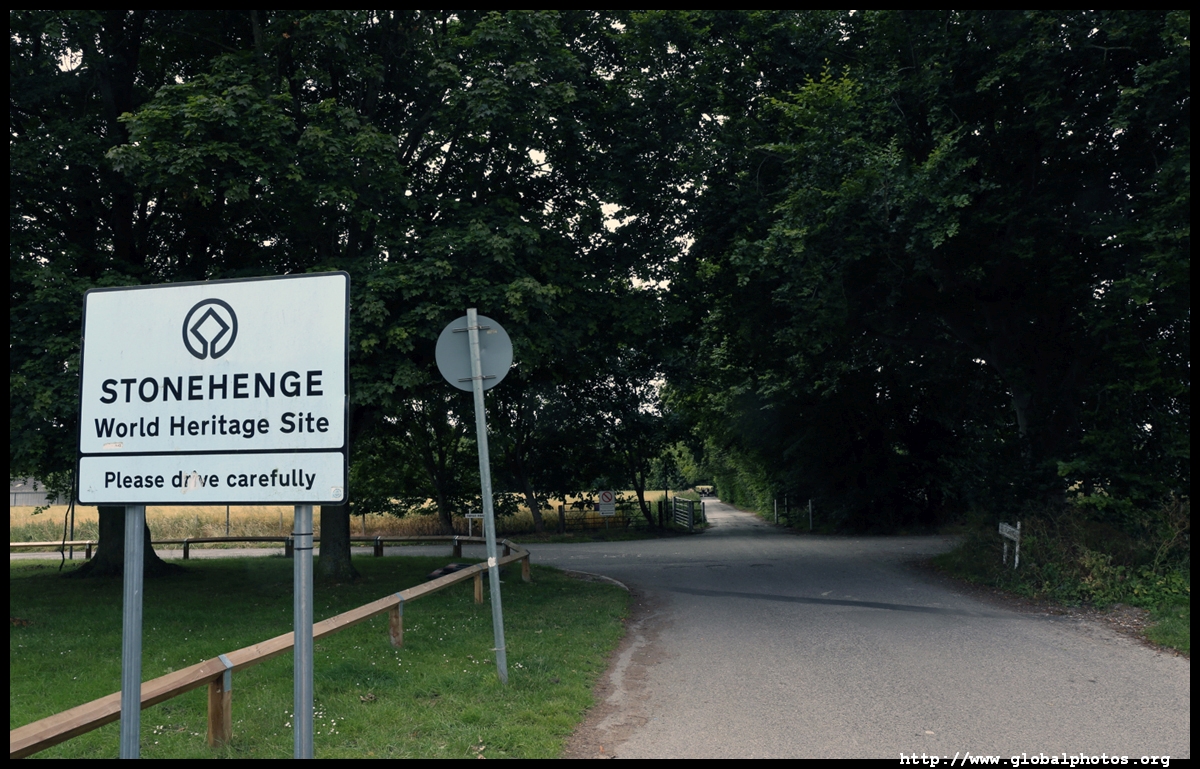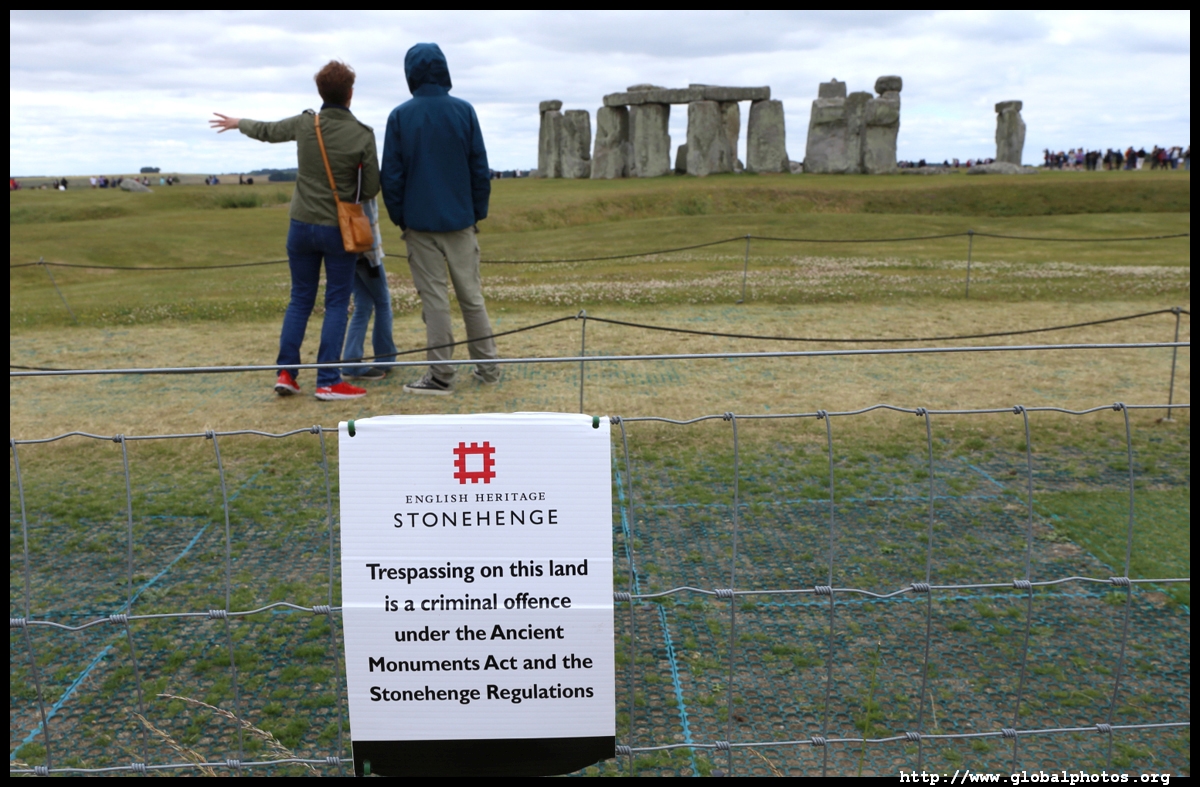Stonehenge Photo Gallery
Stonehenge was built in several stages and originally began as an earthwork enclosure around 3700 BC. It evolved into a stone circle by around 2500 BC. The bluestones were believed to have been hauled from Wales and recent research suggests the sarsens came from Marlborough Downs, which add to this prehistoric monument's mystery. The whole structure is laid out to align with the solstice axis, although archaeologists have not been able to agree whether the site was used for sacrifices or sun worship.Despite a hefty admission fee (24 pounds for adults as of 2022), visitors are only allowed to circle around the monument and admire it from a distance. Only a very limited number of people can view the stone circles from up-close on special occasions.
Many people choose to join a coach tour from London and bundle Stonehenge and Bath together into a single day trip. Getting here by public transport is not straight forward as the nearest train station is Salisbury, which is 19km away, so a bus connection is required. The easiest way is to drive to the Visitors' Centre, where you will still need to take a dedicated bus to visit the stones. To save a lot of money but not severely impacting how close you can get to the stones with the standard admission, set your GPS to the corner of Fargo Road and Willoughby Road. You can park on the street and head southwards along a mostly pedestrian path seen behind the trees here for about 2km to reach the stones.
What most people don't know is a freely-accessible public path just outside the Stonehenge perimeter. Since you can't get close to the stones anyway with the standard admission, this path shouldn't significantly impact how you experience the site. You can still see the stones in full although you won't be able to circle it had you paid. There is a small gate just next to the buses from the Visitor's Centre so you literally start at almost the exact same place. The below photo was taken from this public path.
|

